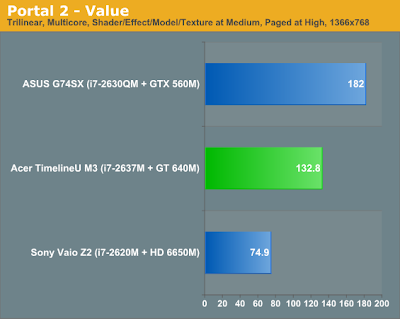Even though this summer will mark the introduction of the company’s second generation high-performance Trinity APUs, AMD will continue to expand its current A-Series processor lineup with new models based on the Llano architecture.
One of these upcoming APUs, dubbed the A4-3420, was recently uncovered by the Donaim Haber website, which has learned that this new processor is expected to arrive in May or June of this year.
Just as its name implies, the A4-3420 will be a slightly faster version of the company’s A4-3400 APU that was introduced in 2011.
The most important change brought by the A4-3420 when compared to its predecessor, is the slightly faster core speed, as the APU will now work at 2.8GHz instead of the 2.7GHz default clock of the A4-3400.
Otherwise, the two chips are basically identical, both of them coming with dual computing cores, 1MB of Level 2 cache memory and an on-die Radeon HD 6410D graphics core.
Those of you who aren’t familiar with AMD’s integrated GPUs should know that the 6410D features 160 shader units running at 600MHz, and fully supports Microsoft’s DirectX 11 API.
Much like the current A4-3400, the updated 3420 also includes a dual-channel memory controller with support for DDR3-1600 speeds.
The TDP of the chip is apparently set at 65 Watts and is compatible with motherboards using the FM1 socket.
According to Donanim Haber, AMD will price the A4-3420 at $65 US (almost 50 EUR), which makes it less expensive than the A4-3400 ($71) and the A4-3300 ($66).
The A4-3420 will most probably be one of the last Llano APUs to see the light of day, as in June or July this year AMD is said to introduce the Trinity accelerated processing units based on the Bulldozer architecture.



 3/14/2012 10:27:00 PM
3/14/2012 10:27:00 PM
 dannzfay
dannzfay







































